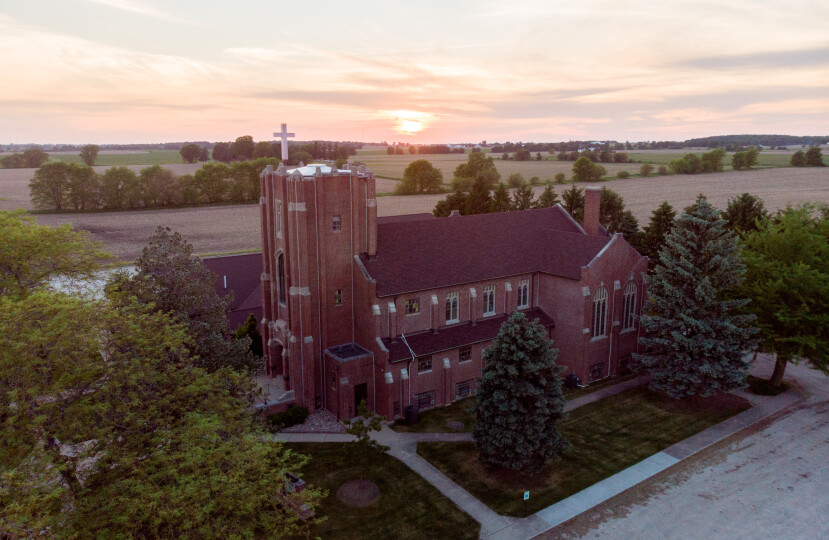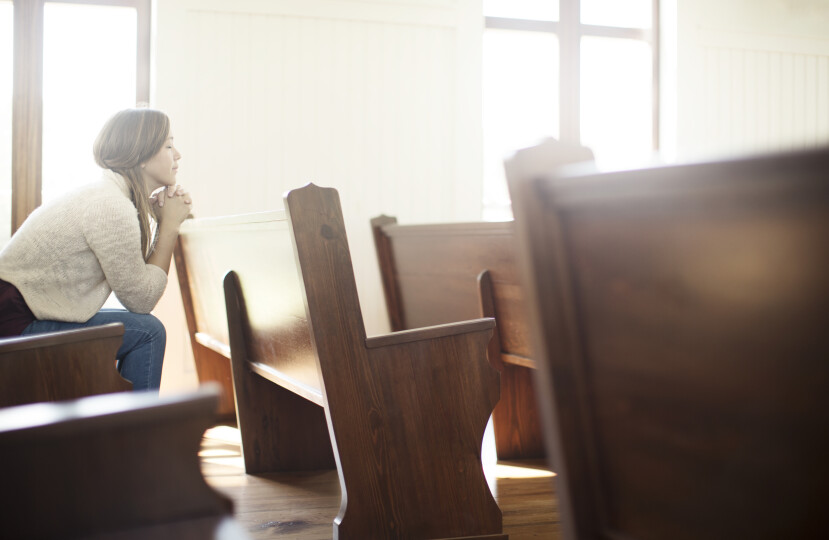Welcome to West Lisbon
Below you will find information or links to help you get to know a little bit about us. Let us know you were here. Click here or scan the QR code below and fill out your information and we will be in touch!

Our Vision
Christ in us: Our vision is for Jesus to be in every heart, head, and hand as we loyally love, learn, and labor together for God.
Our Mission
Move: The members of WLC commit to moving people who love God into deeper discipleship experiences with God resulting in activities and relationships that glorify God and advance the gospel in our community and world.



